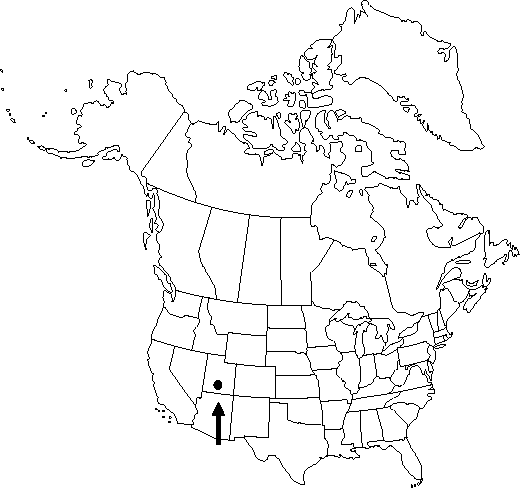Difference between revisions of "Ranunculus acriformis var. aestivalis"
Amer. Midl. Naturalist 40: 250. 1948.
FNA>Volume Importer |
FNA>Volume Importer |
||
| Line 30: | Line 30: | ||
}}<!-- | }}<!-- | ||
| − | --><span class="statement" id="st- | + | --><span class="statement" id="st-undefined" data-properties=""><b>Stems </b>hirsute. <b>Flowers</b>: receptacle obpyriform to cylindric; sepals reflexed ca. 2 mm above base, pubescence of spreading hairs; petals 8-11 mm. <b>Achenes</b>: beak 0.4-1 mm.</span><!-- |
-->{{Treatment/Body | -->{{Treatment/Body | ||
| Line 65: | Line 65: | ||
|publication year=1948 | |publication year=1948 | ||
|special status=Endemic;Conservation concern | |special status=Endemic;Conservation concern | ||
| − | |source xml=https://jpend@bitbucket.org/aafc-mbb/fna- | + | |source xml=https://jpend@bitbucket.org/aafc-mbb/fna-data-curation.git/src/9216fc802291cd3df363fd52122300479582ede7/coarse_grained_fna_xml/V3/V3_618.xml |
|genus=Ranunculus | |genus=Ranunculus | ||
|subgenus=Ranunculus subg. Ranunculus | |subgenus=Ranunculus subg. Ranunculus | ||
| Line 71: | Line 71: | ||
|species=Ranunculus acriformis | |species=Ranunculus acriformis | ||
|variety=Ranunculus acriformis var. aestivalis | |variety=Ranunculus acriformis var. aestivalis | ||
| − | |||
| − | |||
| − | |||
| − | |||
| − | |||
| − | |||
| − | |||
}}<!-- | }}<!-- | ||
-->[[Category:Treatment]][[Category:Ranunculus acriformis]] | -->[[Category:Treatment]][[Category:Ranunculus acriformis]] | ||
Revision as of 14:45, 27 July 2019
Stems hirsute. Flowers: receptacle obpyriform to cylindric; sepals reflexed ca. 2 mm above base, pubescence of spreading hairs; petals 8-11 mm. Achenes: beak 0.4-1 mm.
Phenology: Flowering summer (Jul–Sep).
Habitat: Meadows
Elevation: 2100-2900 m
Discussion
Of conservation concern.
Ranunculus acriformis var. aestivalis is known from two sites in southern Utah, a saline meadow south of Panguitch in the Sevier River Valley and a riparian meadow in Boulger Canyon, Emery County. R. Van Buren et al. (1994) treated this variety as a distinct species, R. aestivalis, emphasizing the saline habitat of the Sevier Valley population. The morphologic differences between R. acriformis var. aestivalis and the other varieties of R. acriformis are minor, and the habitat of the single Emery County specimen is typical of the species. I prefer to retain this taxon in R. acriformis. The DNA data of Van Buren et al., based on a total of eight populations of the three varieties, are consistent with either interpretation, because the three varieties form a single clade with R. acriformis var. aestivalis as sister group to the other two.
